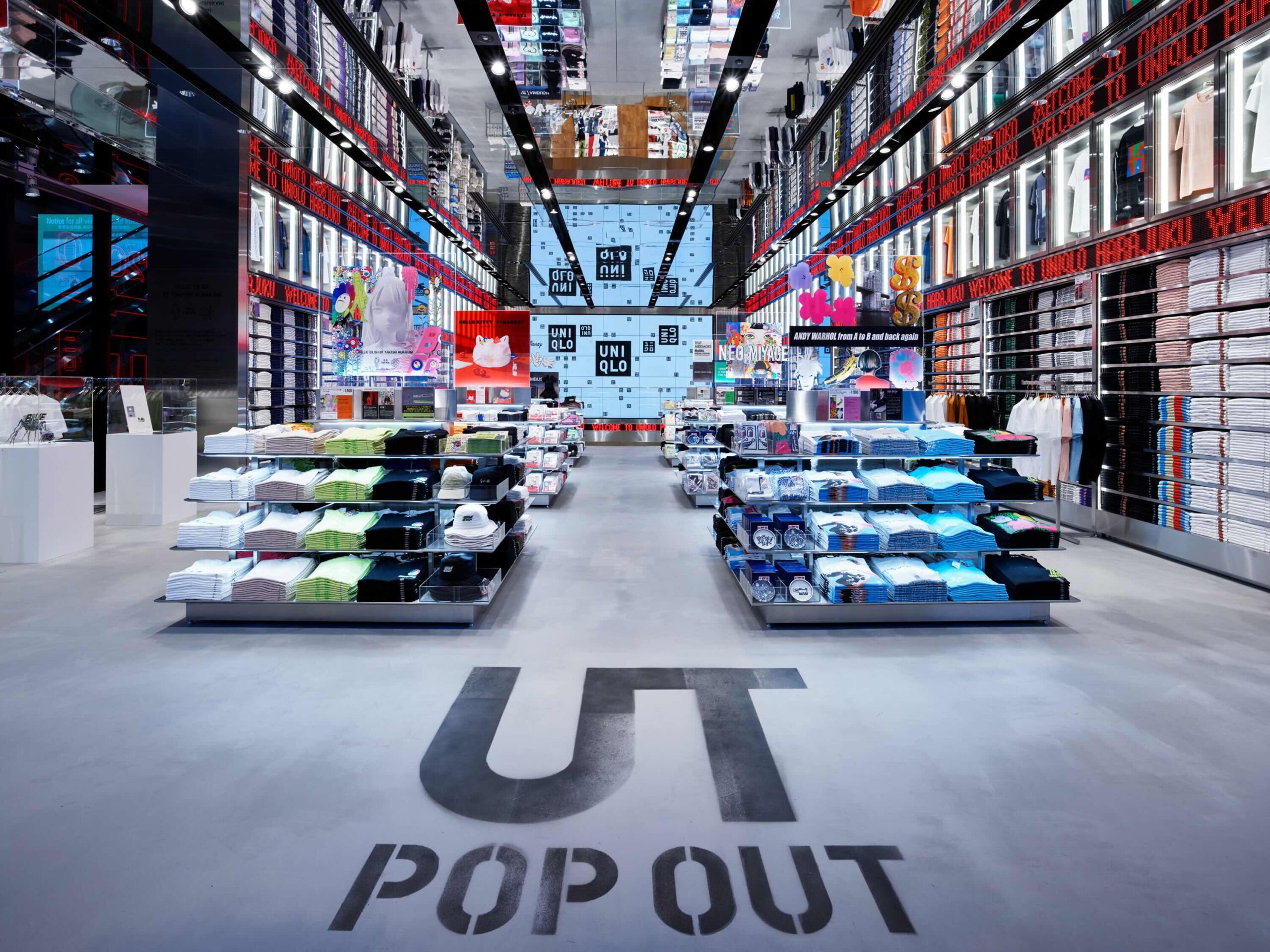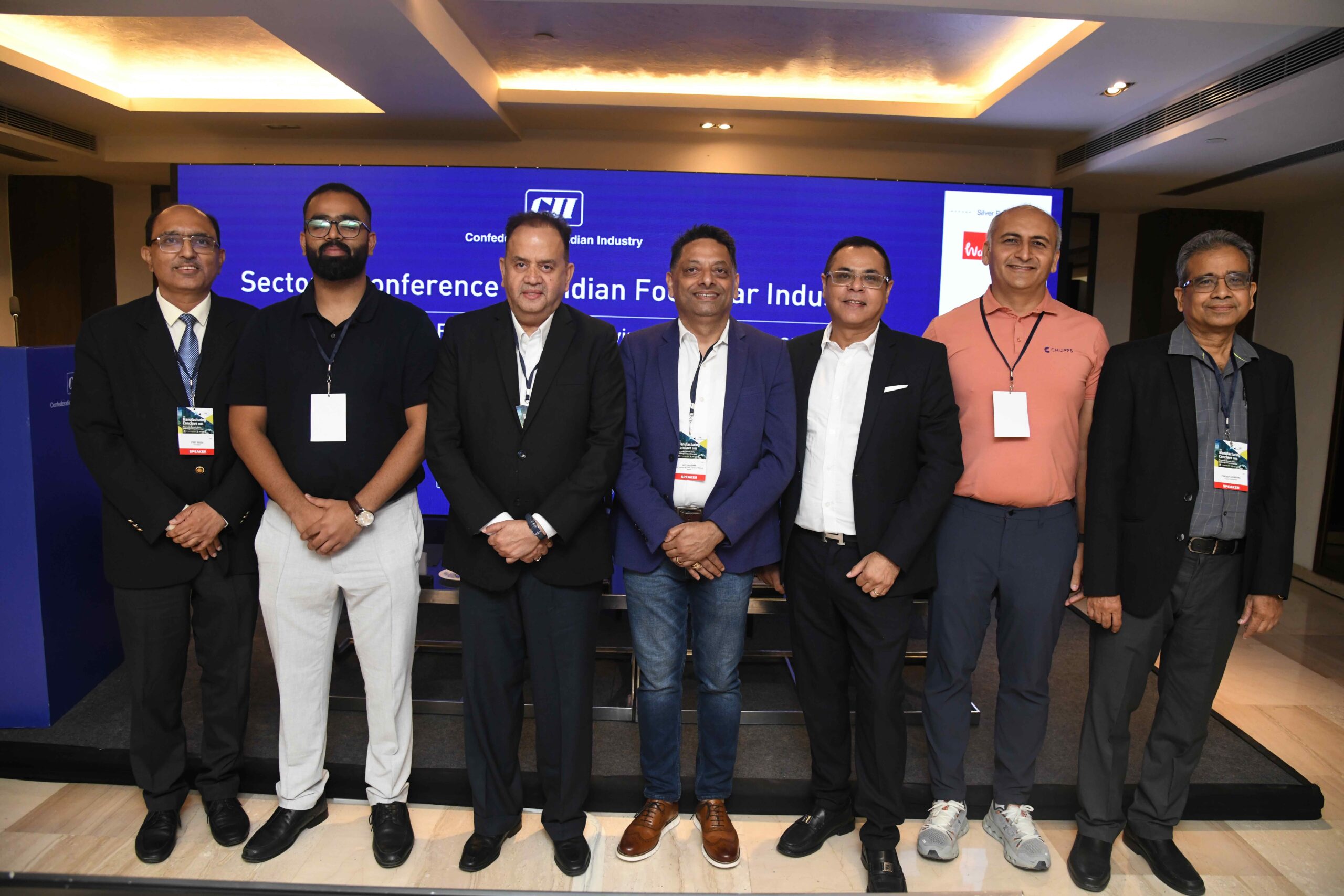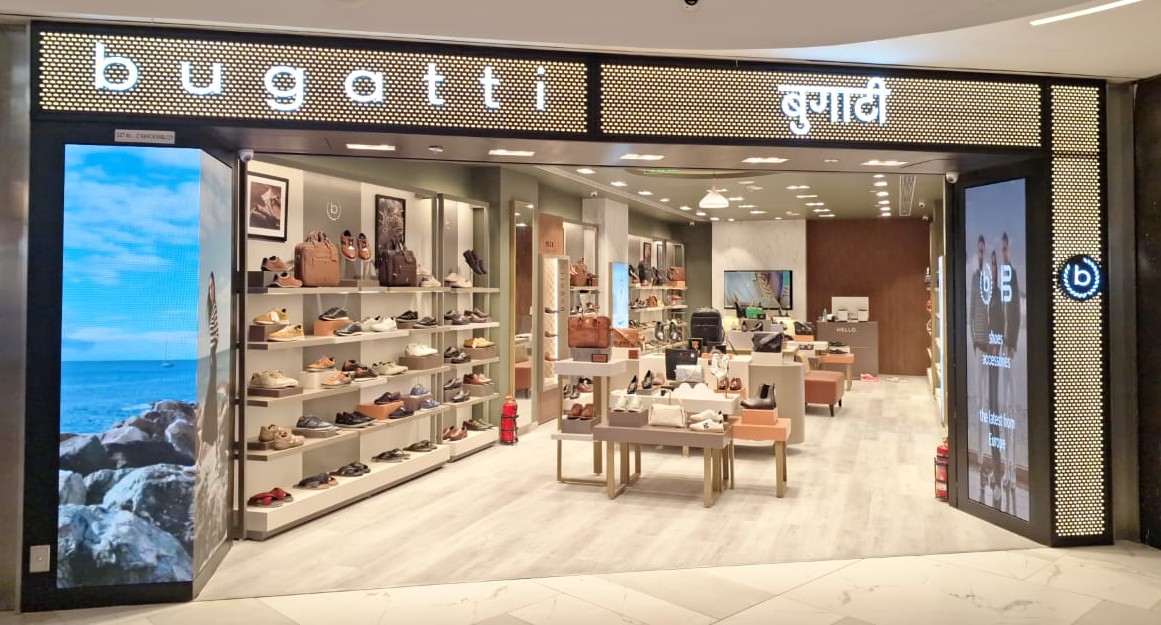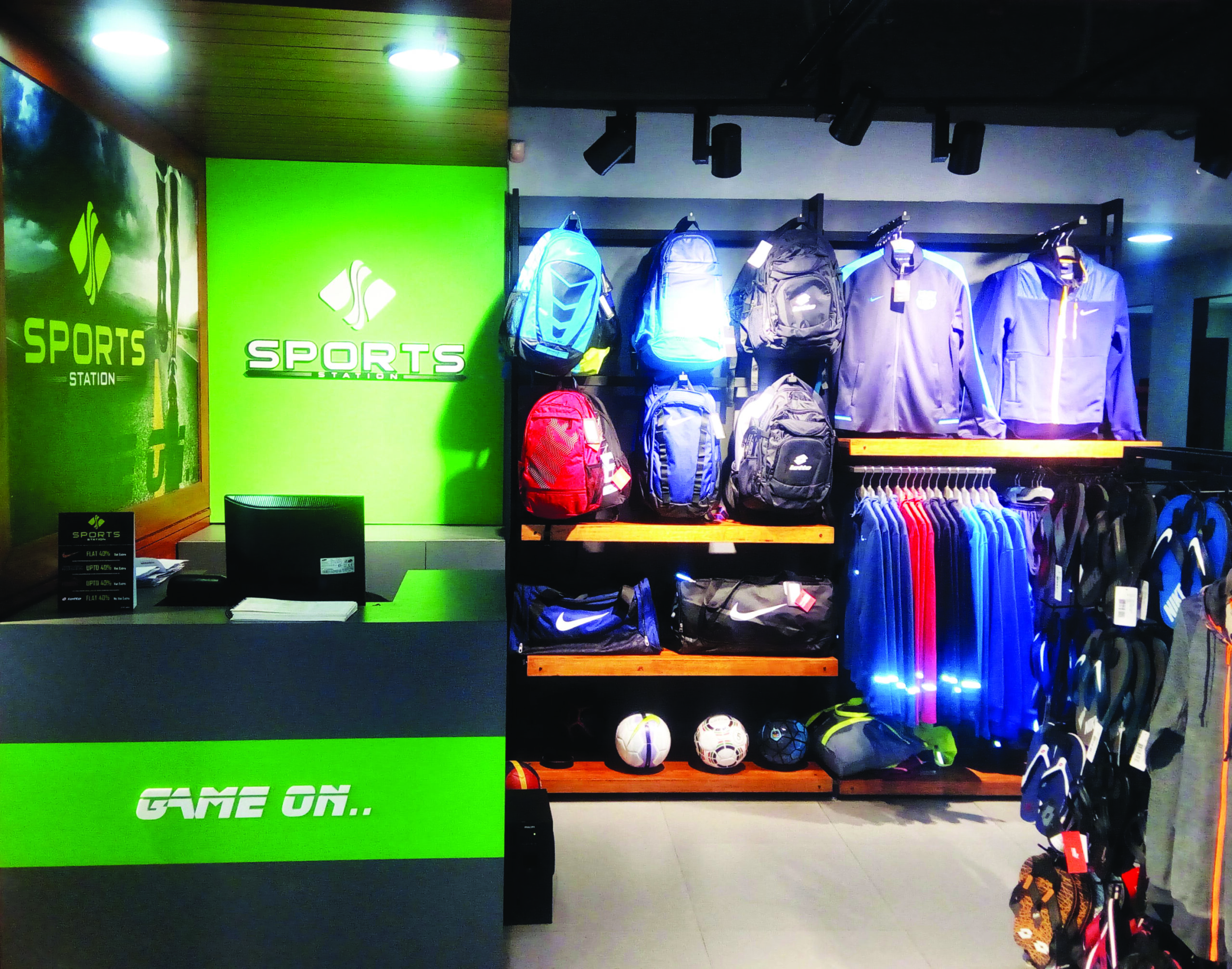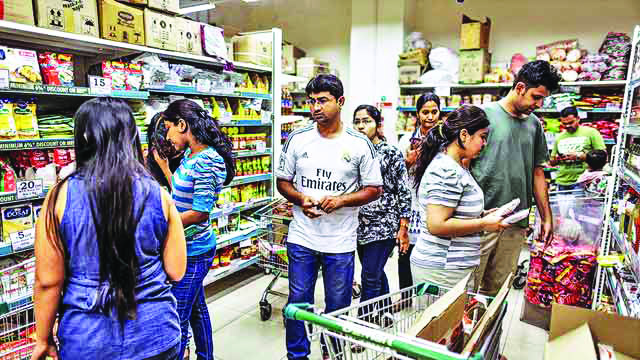By Dipika Chopra, Editor – Shoes & Accessories
As Donald Trump gears up to build the Great wall of Tariffs, global trade circles are once again bracing for impact. His latest volley? A potential tariff storm aimed at imports from key nations—including India. For India’s footwear industry, which struts confidently in both leather legacy and synthetic innovation, the threat of U.S. tariffs could mean either a tricky two-step or a painful misstep.
Strategic Implications for India
- Diversification Needed: The high tariffs on leather footwear indicate that India should focus on non-leather footwear, where competition is more favorable.
- Move Up the Value Chain: The relatively lower price points indicate an opportunity for Indian brands to develop higher-end products to command better margins.
Here’s how things could shake out—heel to toe
Short-Term Pinch for Indian Exporters
Indian footwear exporters may be the first to feel the squeeze. The United States is one of India’s top three destinations for outbound shoes, especially in the premium leather segment. A sudden tariff hike could knock Indian products off the value-for-money pedestal, giving rival producers in Turkey and even Latin America an unexpected leg up. In simpler terms: your handcrafted Jalandhar brogues could become too pricey for American closets.
Shift in Global Supply Chains = Opportunity?
But there’s a twist in the tale. As Trump’s trade policy continues to ice out China, U.S. brands are being forced to diversify sourcing—fast. That opens a shiny leather door for Indian manufacturers, especially in non-leather categories and synthetic components.
“India could become A rebound relationship for American buyers,” Amit Chopra, referencing the industry’s hopes of a post-China love affair with Make-in-India.
Higher Margins Might Get Squeezed
Tariffs rarely arrive alone—they usually bring a margin massacre. Indian brands could face an unenviable choice: absorb the tariff hit or hike prices and pray that brand loyalty works its magic. In the highly competitive mid-premium market (read: $50–$80 sneakers), buyers are brutal and fickle. A slight price uptick could mean losing out to Turkey, Brazil, or anyone else not caught in the tariff trap.
Export Growth Plans Could Stall
It’s a bitter pill for Indian companies that have doubled down on exports, especially under the Production-Linked Incentive (PLI) scheme. Infrastructure investments, tie-ups with U.S. retailers, and ambitious capacity expansions may suddenly seem out of sync with the global trade rhythm.
Worse, it puts a dent in India’s narrative as the next big manufacturing hub, offering a skilled, low-cost alternative to China.
Time to Pivot to Brands & E-Com?
Every disruption, of course, carries a silver lining—or at least a pivot point. Tariff pressures could push Indian manufacturers to do what many have flirted with but never fully committed to: build their own brands and go direct-to-consumer (D2C). E-commerce platforms like Amazon USA, eBay, and niche sneaker sites offer a chance to reach the American buyer without middlemen, inflated markups, or retailer reluctance. Digital-first branding may not erase the tariff effect, but it could certainly help cushion the blow.
This data provides insights into the impact on India’s footwear exports to the USA based on factors such as import duties, average price per pair, and total trade value.
| HSN | Details | US Imports from World – 2024 | US Imports from India – 2024 | %Share of India in US Imports | New Duty Structure |
| 64039960 | FOOTWEAR WITH OUTER SOLES OF RUBBER OR PLASTICS AND UPPERS OF LEATHER: OTHER FOOTWEAR WITHOUT … | US$ 1078.54 mn | US$ 88.70mn | 8% | 35.5% |
| 64039190 | FOOTWEAR WITH OUTER SOLES OF RUBBER OR PLASTICS AND UPPERS OF LEATHER: COVERING THE ANKLE: … | US$ 256.14 mn | US$ 22.68mn | 9% | 37% |
| 64039990 | TENNIS SHOES, BASKETBALL SHOES, ETC W/ OUTER SOLES OF RUBBER, PLASTICS OR COMPOSITION LEATHER … | US$ 169.08mn | US$ 17.20mn | 10% | 37% |
| 64039130 | FOOTWEAR WITH OUTER SOLES OF RUBBER/PLASTICS AND UPPERS OF LEATHER: OTHER FTWR:COVERING THE … | US$ 158.87mn | US$ 10.34mn | 7% | 32% |
Tariff Variations and Competitiveness
- The import duty ranges from 0% to 21%, with some categories like sports footwear (64041190) enjoying duty-free access, while others, such as leather footwear (64039130), face tariffs as high as 21%.
- High tariffs on leather footwear and training shoes (up to 20%) make them less competitive compared to countries with lower or zero tariffs under trade agreements with the USA.
Price Positioning of Indian Footwear
- The average price per pair varies significantly, with high-end sports shoes priced at $20 per pair and other leather footwear averaging $5–10 per pair.
- The lower price per pair for some categories (e.g., $5–8) suggests that India is competing in the value-for-money segment rather than the premium segment dominated by European and American brands.
Volume vs. Value Contribution
- Categories like “Other Footwear with Outer Soles and Uppers of Rubber/Plastics” (64029931) have a large trade value ($1656.65), suggesting a strong volume contribution but a lower price per pair ($11.31).
- In contrast, sports footwear (64041190), though at a lower trade value ($1521.20), enjoys a higher price per pair ($20), indicating potential for India to expand in the premium segment.
FTA Benefits: Exploring Free Trade Agreements (FTAs) with the USA or leveraging existing trade routes could reduce tariff disadvantages.
Final Word: Risk with a Side of Opportunity
Tariffs may hobble the short-term sprint, but India still has structural strength for the long run—a skilled workforce, robust digital infrastructure, and growing global goodwill. The key lies in adaptability: faster product cycles, smart storytelling, sustainable design, and above all, confidence in playing the brand game.
Because in this tango with tariffs, it’s not just about dodging the stomp—it’s about learning how to lead.




